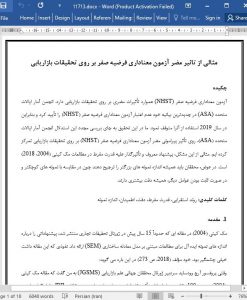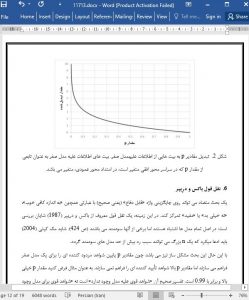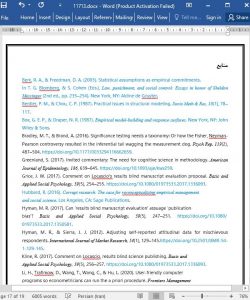Abstract
Null hypothesis significance testing (NHST) has had and continues to have an adverse effect on marketing research. The most recent American Statistical Association (ASA) statement recognized NHST’s invalidity and thus recommended abandoning it in 2019. Instead of revisiting the ASA’s reasoning, this research note focuses on NHST’s pernicious peripheral effect on marketing research. One example of this problem is the well-known and influential recommendation against excessive power in McQuitty, 2004, McQuitty, 2018. Instead, researchers always should prefer larger sample sizes because they always engender more precision than smaller sample sizes, ceteris paribus.
1. Introduction
In an article published in the Journal of Business Research roughly 15 years ago, McQuitty (2004) made recommendations about ideal sample sizes for structural-equation-model (SEM)-based studies. That article’s influence has been impressive. In the author’s words (2018, p. 273),
I was pleased to hear from Journal of Global Scholars of Marketing Science (JGSMS) Editor-in-Chief Professor Arch Woodside that McQuitty (2004) is “ranked among the top 100 in all-time citation impact among JBR articles.”











